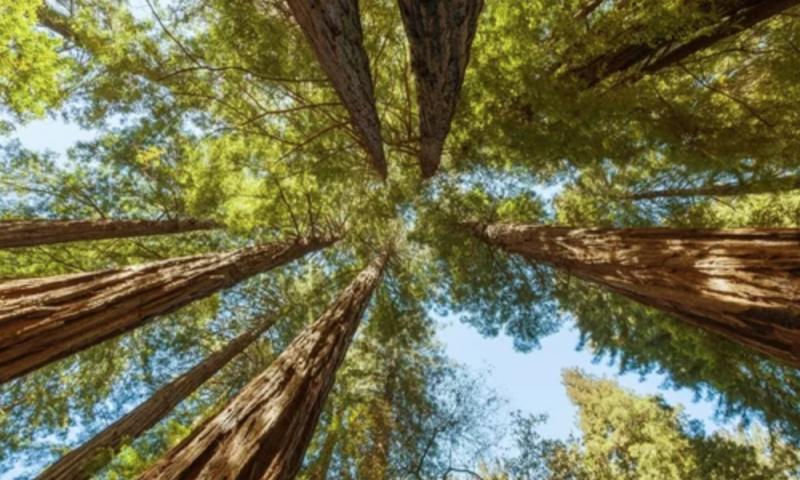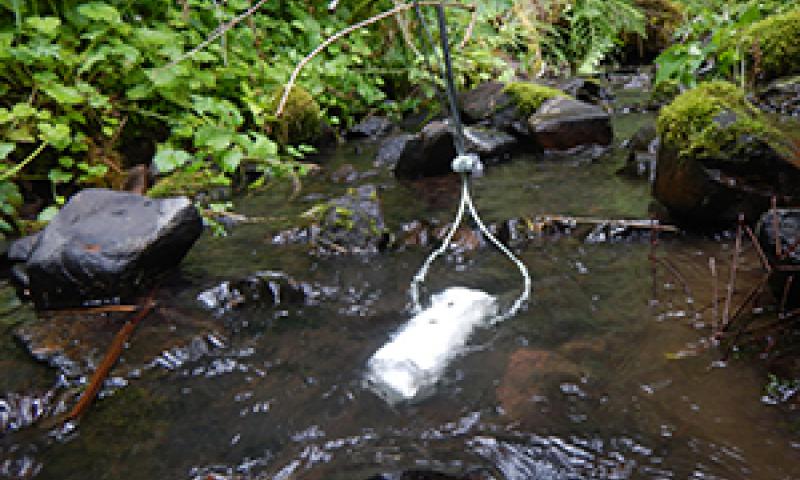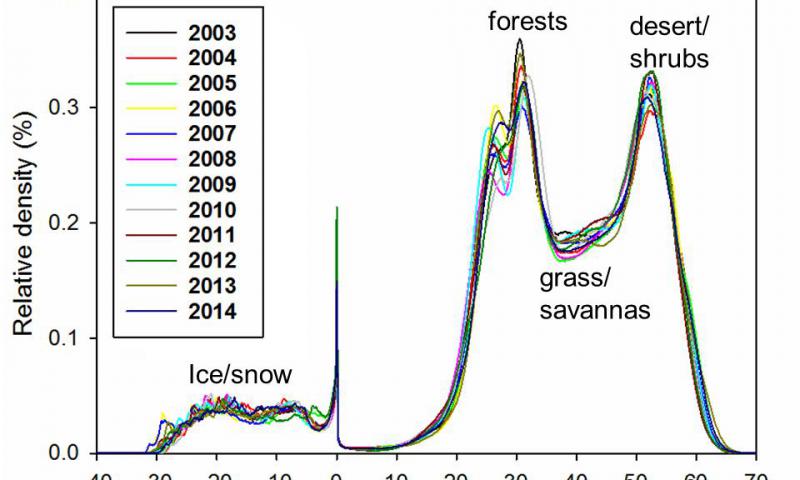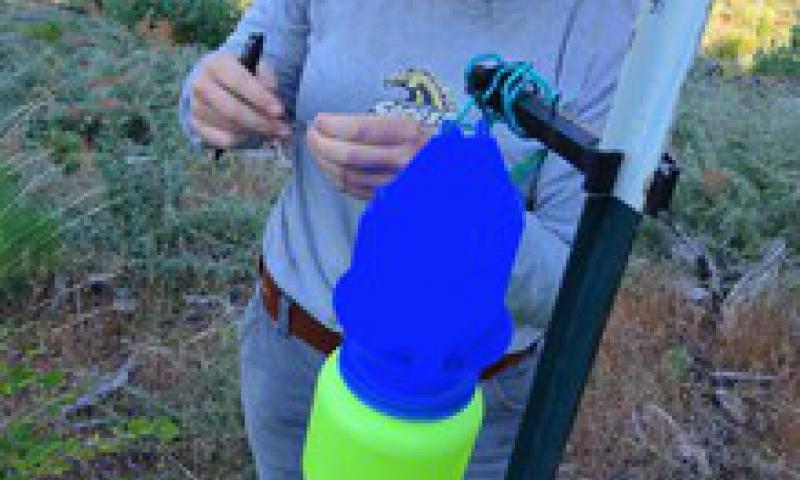College Forests Block - Image Navigation Blocks
Ancient Forests May Protect Birds from Rising Heat
Ancient forests tend to provide moderate temperatures compared with their surroundings, potentially buffering some of the sharpest impacts of climate change, said Matthew Betts, a professor at Oregon State University.
When it comes to keeping streams cool, buffer strips help but geology rules
“In Coast Range and Western Cascades catchments, where our study streams were located, streams that are small and non-fish bearing have no regulatory requirement for an overstory riparian buffer,” said Kevin Bladon, lead author and assistant professor in the College of Forestry at Oregon State Un
WInS Degree
Forest Engineering Degree
Natural Resources
Researchers use ‘global thermometer’ to track temperature extremes, droughts and melting ice
“Imagine the difference between the temperature of the sand and the air at the beach on a hot, summer day,” said David Mildrexler, the lead author who received his Ph.D. from the College of Forestry at Oregon State last June.
The Unsolved Mystery of the Marbled Murrelet
“They effectively roost at sea at night,” says Jim Rivers, a professor at OSU and one of the project leads. So far, the teams have caught 17 murrelets. Nelson and Rivers hope for at least 30—their permit allows up to 100—but they will take whatever they can get.
Severe Wildfires Bring A Welcome Landscape For Native Bees
The forests around this research site south of Roseburg, Oregon, are slowly coming back from the 50-thousand acre Douglas Complex Fire that burned in 2013. But in the meantime, OSU researcher Sara Galbraith has turned those blackened forests into a massive laboratory.




